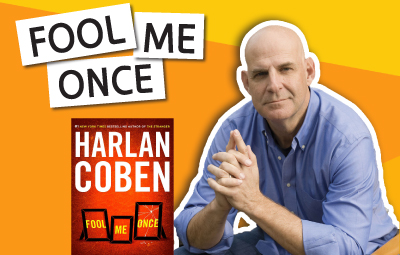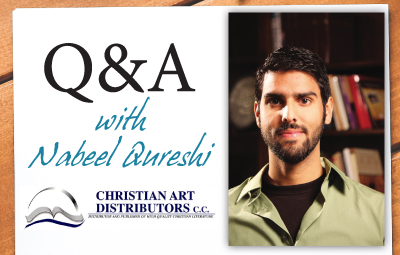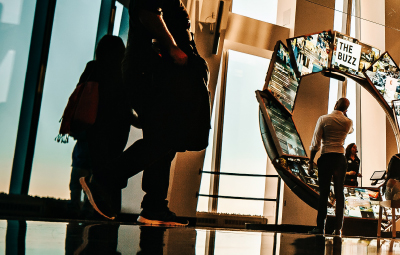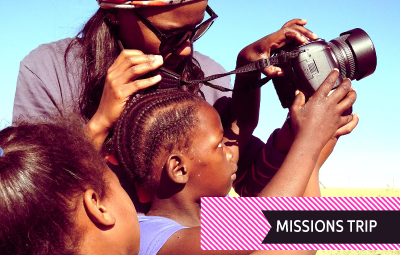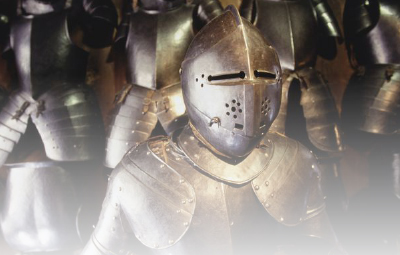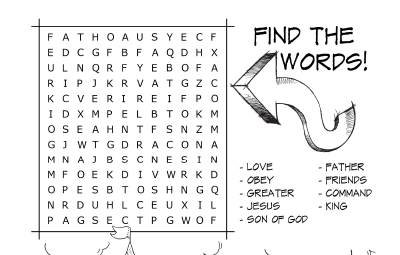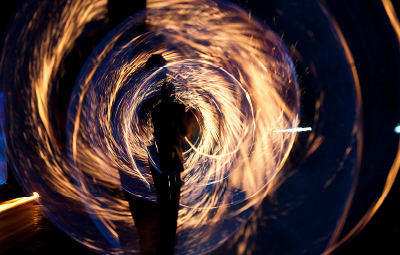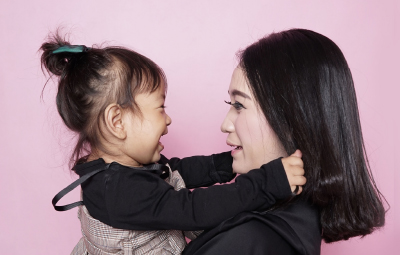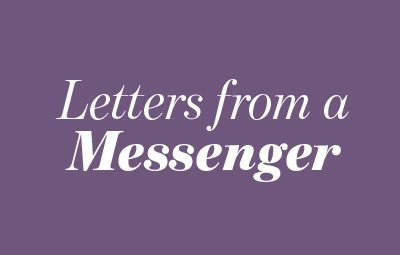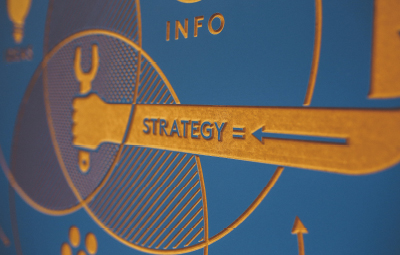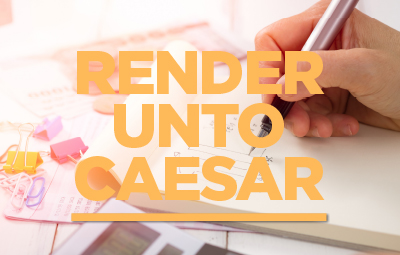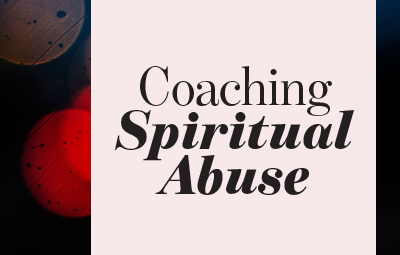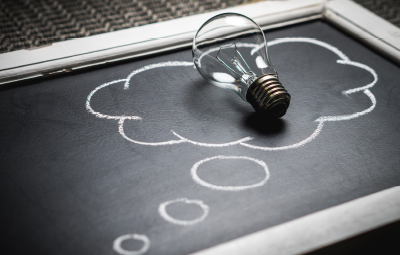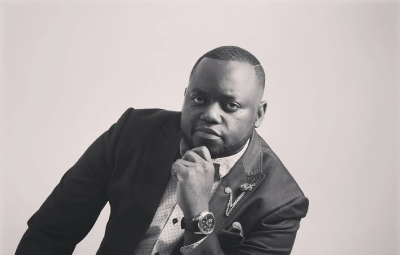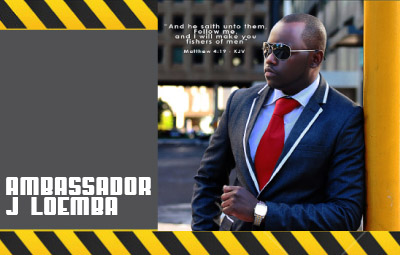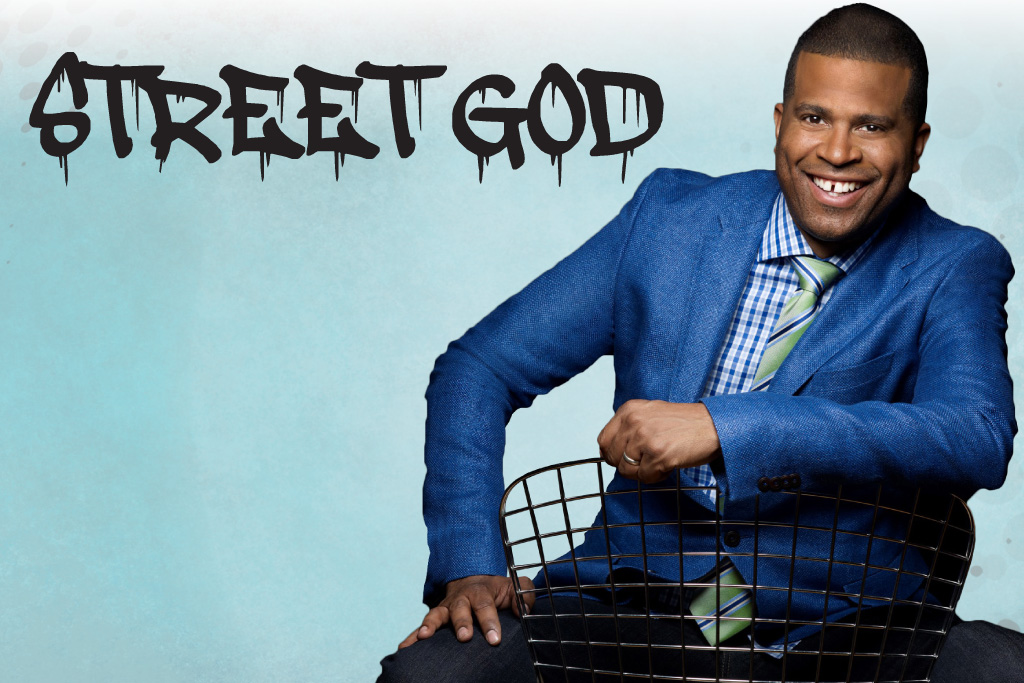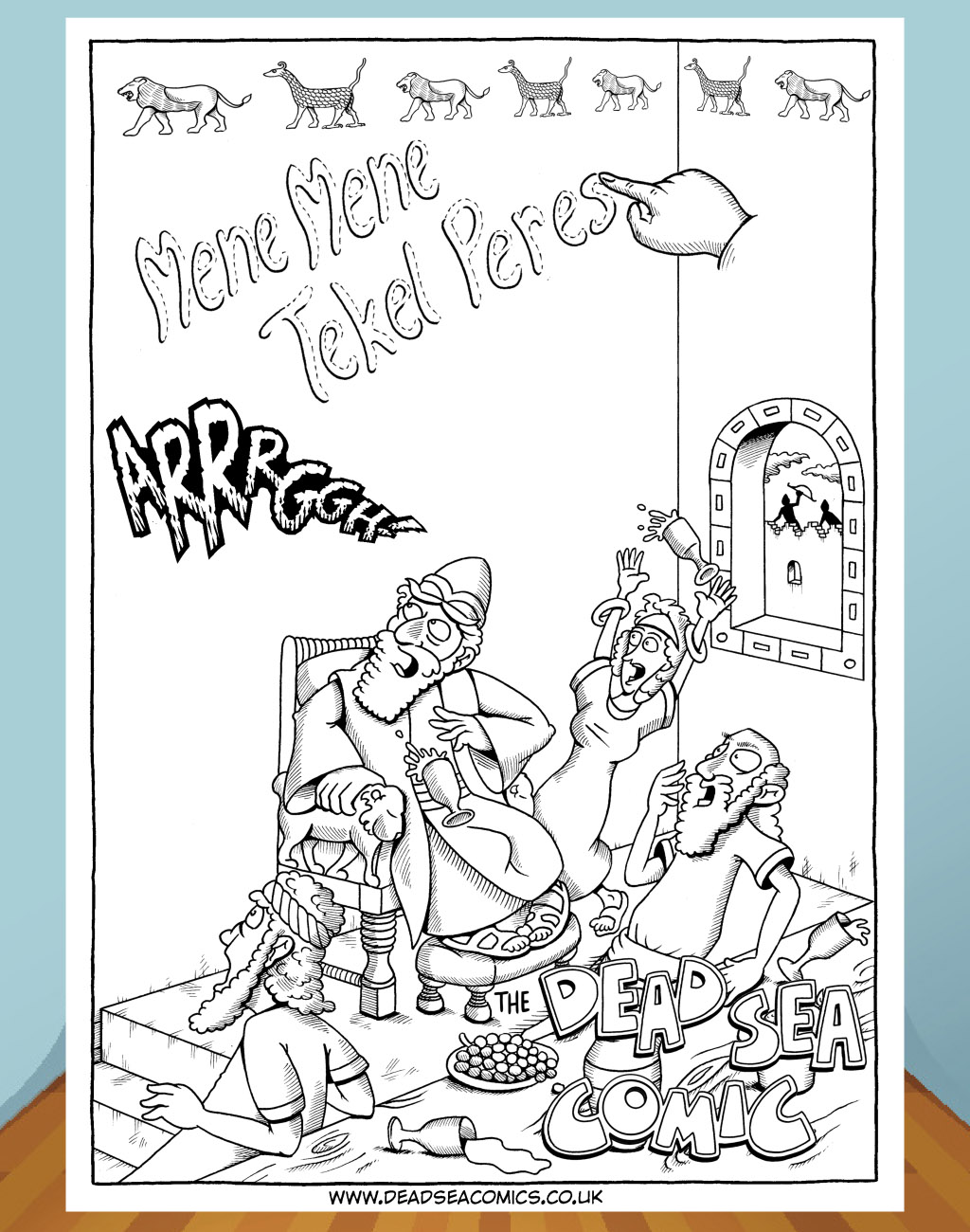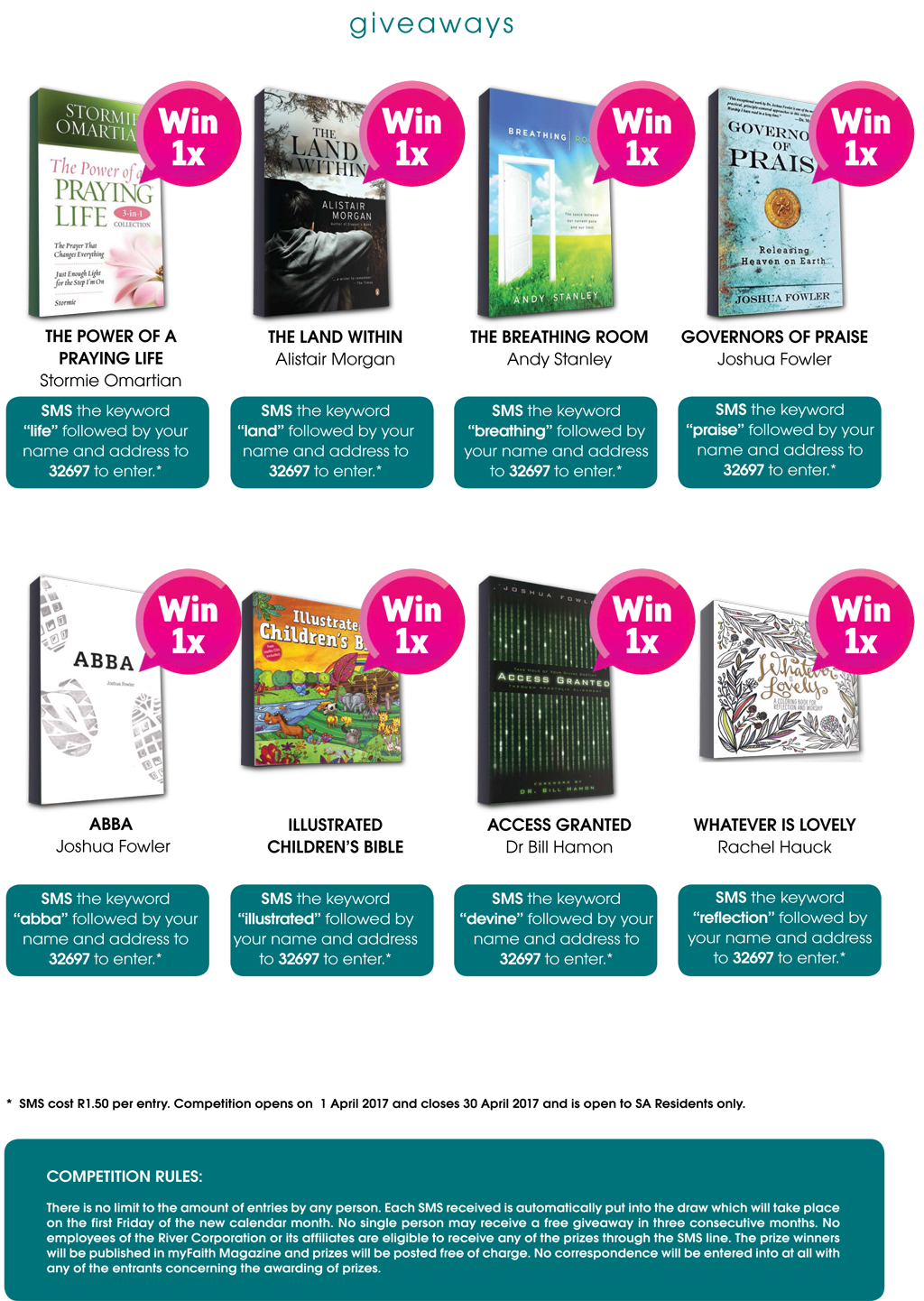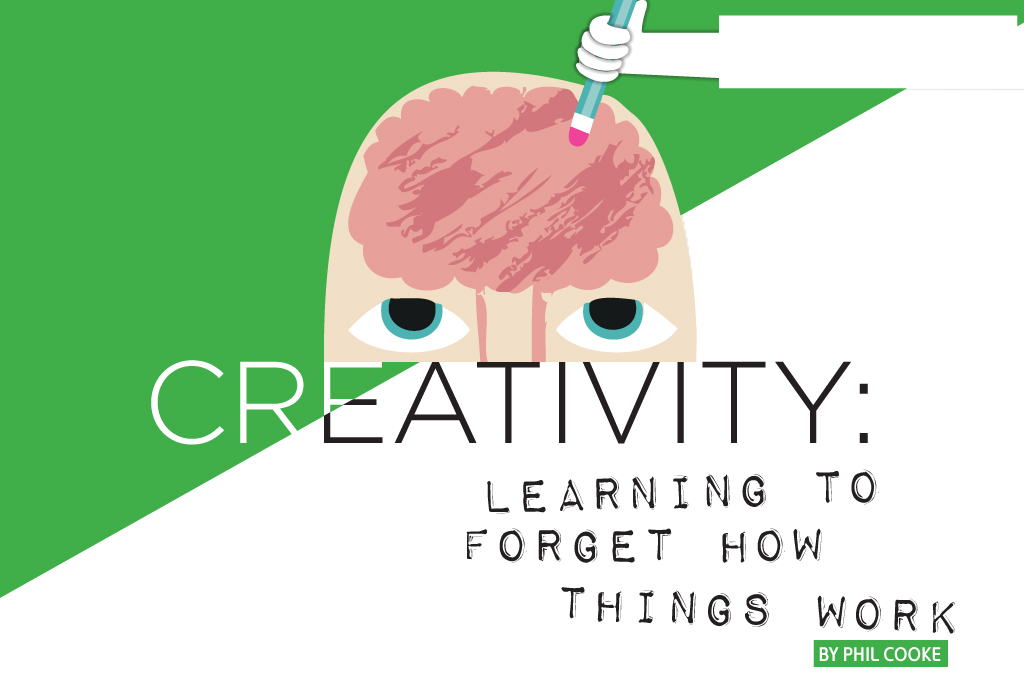
This is our granddaughter Kennady.(see PDF for photo). I spend a lot of time watching her, and obviously, since she's only a year old, she hasn't had much time to learn how things work.
As a result, the first few times I gave her a book, she had no idea what "reading" was, so she walked on it, set it up like an A-frame house, or used it for a plate. It's been that way with everything. Since she doesn't yet know the way things are "supposed" to be used, she just makes it up, and has come up with some pretty remarkable uses for things like spoons, a flute, a ball - not to mention food.
While I was watching her the other day, it hit me. People, who are less creative, always default to what we're "supposed" to do with things. People who are more creative have the ability to set those expectations aside and approach it like Kennady does - with no preconceived ideas.
Here's an exercise to find out who's the most creative on your team: Take something everyone knows - like a hammer, an umbrella, or a stool. Ask each person to come up with something completely different - and legitimate - that item could be used for. You'll find out pretty quickly, who's bound by what they know, and who's able to set that knowledge aside and start seeing new possibilities.
Why does it matter? Because during your career, you'll be asked to come up with new ideas for things everyone already knows. Perhaps a new way to structure your team, a new approach to marketing, or a different way to look at a client's problem. Remember that pretty much everyone looked at mobile phones the same way, until Apple's creative team came along and set aside that "knowledge" and viewed it from a completely different perspective.
Whatever the task, you'll be more successful if you can set aside your "knowledge" and look at it like my granddaughter.


